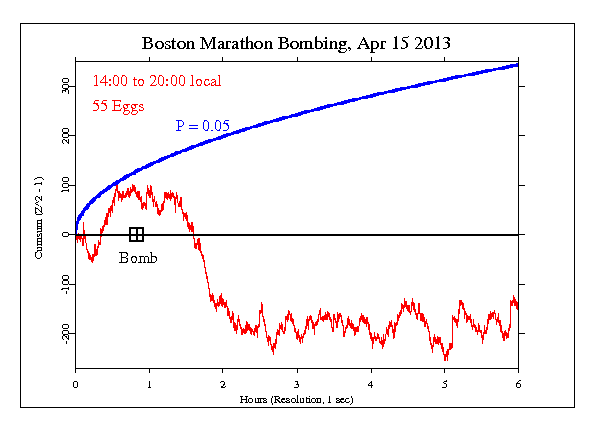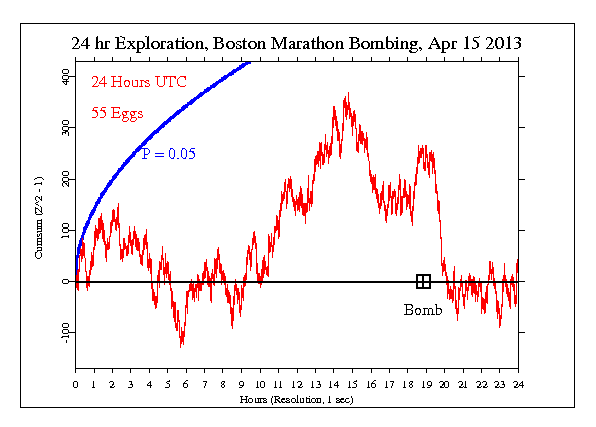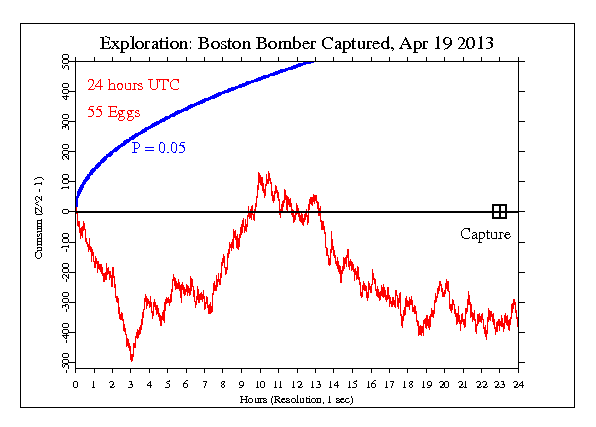|
The Boston Marathon bombing on 15 April was a shock that carried far. I
was in Germany, but heard about it very soon after the event.
The first bomb, located near the finish line of the 26.2-mile course,
exploded at 2:50 p.m., at 4:09:44 into the 117th Boston Marathon. This
was just minutes before the average finishing time of the 2012 race. A
mere ten seconds later – and only 100 yards away – a second explosion
happened. This one was located along the 26th – and final – mile, which
was dedicated to the 26 lives lost in the Newton school massacre.
Around the same time, police said there had been an “incident” at John
F. Kennedy Library. Police said Tuesday morning that only two bombs -
the two that exploded - had been found, and that, contrary to earlier
reports, no unexploded devices had been found.
The explosives were contained inside of pressure cookers, one containing
pieces of metal and ball-bearings, and the other with nails, according
to a person involved in the investigation who spoke with The Associated
Press. Both bombs were placed inside of duffel bags, the person said.
At least 176 people were injured, 17 critically. Martin Richard, an
eight-year-old boy from Dorchester was among the three deceased. Krystle
Campbell, a 29-year-old restaurant manager who had gone with a friend to
watch the race, was another. The third victim was identified as a
Chinese student doing graduate work at Boston University. A state-run
Chinese newspaper, the Shenyang Evening News, on Wednesday said on its
official Twitter-like microblog account that the victim’s name is Lu
Lingzi. An editor at the newspaper said that Lu’s father confirmed his
daughter’s death when reporters visited the family home.
The formal GCP event was set for 6 hours beginning just before the bombing,
from 2:00 to 8:00 pm local time. The result is Chisquare 21449.451
on 21600 df for p = 0.765 and Z = -0.723.

The harrowing day began peacefully, though the bombers were deep into
their plan to disrupt the marathon and kill and maim as many as
possible. The next graph is an exploration of the time before the
bombing. While it can't be rigorously interpreted, there is indication
of a fair amount of activity. Moments before the explosions, the data
show a steep slope upward and shortly after, a longer and equally steep
slope downward.

This was a challenging time for law enforcement, and the decision was
made to close down the city's mass transit and most businesses. The
lockdown served to enclose the murderers in a tight and closing circle.
First one of the brothers was killed in a firefight, while the other
escaped. Some tense days followed, but he was finally captured
around nightfall on Friday the 19th.

It is important to keep in mind that we have only a tiny
statistical effect, so that it is always hard to distinguish
signal from noise. This means that every "success" might be
largely driven by chance, and every "null" might include a real
signal overwhelmed by noise. In the long run, a real effect can
be identified only by patiently accumulating replications of
similar analyses.
|